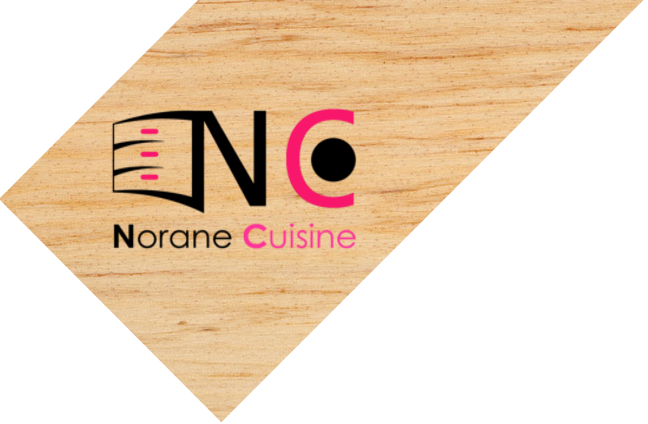Different Methods for DNA Purification
DNA purification is one of the most commonly used and crucial procedures in molecular biology. The aim of DNA purification is to separate the desired genetic, chromosomal material from contaminants (proteins, RNA and cell membrane). This is a vital procedure in almost every molecular procedure and must be performed well to get the highest quality, usable DNA.
There are many various methods for DNA purification, the selection of which depends on several factors, including starting materials and downstream applications as well as the cost and time constraints. The standard genomic and plasmid purification techniques require chemical treatment, enzymatic digestion or mechanical disintegration of tissue/cells followed by salting out of proteins and then precipitating the DNA using alcohol.
Ethanol precipitation is a simple cheap and fast method of desalting and concentrated DNA. DNA molecules form aggregates when they are in the presence of monovalent cations like sodium, and then are filtered out of solution by large amounts of alcohol. This technique is used to remove salts, organic compounds, and other impurities. It is frequently employed with https://mpsciences.com/2021/02/15/science-supplies-for-students/ other purification methods.
Anion exchange chromatography is yet another popular method for DNA purification. DNA in a solution is bound to positively charged resins by the interaction between the negatively charged DNA phosphate backbone and the positively charged surface molecules of the resin. During the binding and washing processes in the process, contaminating molecules are eliminated from the DNA using strict wash steps. The purified DNA is eluted in low salt conditions.








Laisser un commentaire